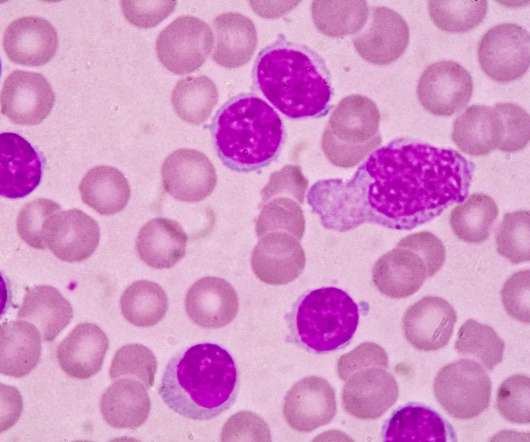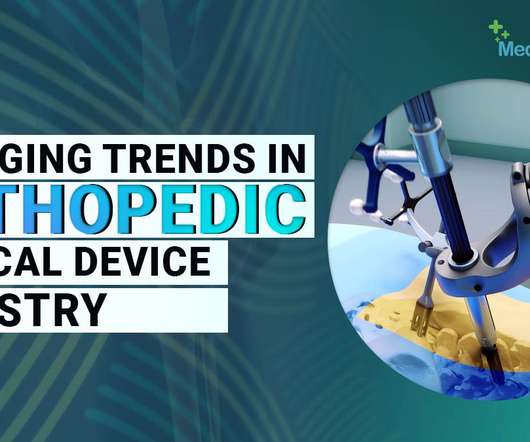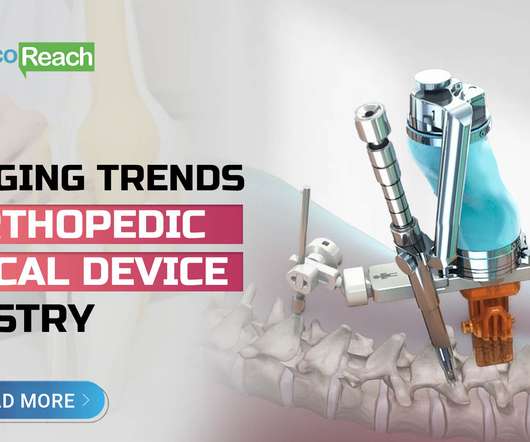Five points on CMS’s first ten picks for price negotiations
Clarivate
OCTOBER 25, 2023
The dearth of cancer drugs (only blood cancer drug Imbruvica made this first list) stems from CMS only pursuing negotiations for Part D drugs in 2026 and 2027, then expanding to Part B drugs in 2028. The biggest impacts are likely to be felt by patients with PDPs that use coinsurance, which most plans do for specialty drugs.













Let's personalize your content